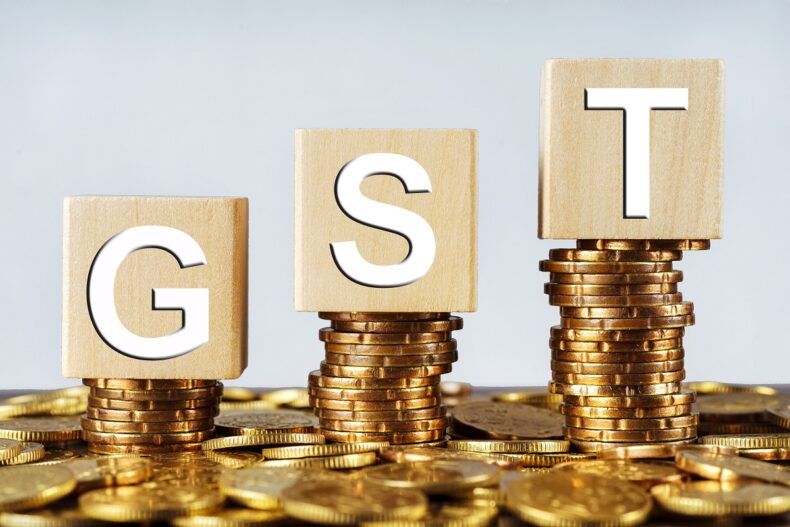In a significant boost to India’s economy, the Goods and Services Tax (GST) revenue collection for June has reached a record high of 1.61 lakh crore, showing a remarkable 12% year-on-year (YoY) increase.
This surge in GST revenue demonstrates the steady recovery of the Indian economy, which has been gradually bouncing back from the impact of the COVID-19 pandemic.
The Growth Trajectory of GST Collections
The June collection of 1.61 lakh crore rupees marks the fourth instance where GST collections have surpassed the 1.60 lakh crore mark since the implementation of GST in 2017.
The average monthly GST collections for the first quarter of the financial years 2021-22, 2022-23, and 2024-24 were recorded at 1.10 lakh crore rupees, 1.51 lakh crore rupees, and 1.69 lakh crore rupees, respectively.
Out of the overall gross GST revenue collected in the month of June, CGST (Central Goods and Services Tax) accounts for Rs 31,013 crore, SGST (State Goods and Services Tax) amounts to Rs 38,292 crore, IGST (Integrated Goods and Services Tax) stands at Rs 80,292 crore (which includes Rs 39,035 crore collected on import of goods), and cess contributes Rs 11,900 crore (which includes Rs 1,028 crore collected on import of goods).
The strong performance in the April-June quarter indicates the resilience of the Indian economy and its ability to bounce back from the challenges posed by the global pandemic.
Impact on the Indian Economy
The record GST revenue collection in June has significant implications for the Indian economy. The increased collections will contribute to the government’s efforts to bridge the fiscal deficit and fund various developmental initiatives.
The additional revenue will aid in infrastructure development, social welfare programs, and other crucial sectors, stimulating economic growth and job creation.
The increase in GST collections also reflects growing consumer confidence and spending patterns. Domestic transactions witnessed an 18% rise, indicating a revival in demand and economic activity.
Addressing the GST Day function, Union Finance Minister Nirmala Sitharaman emphasized the positive impact of GST on consumers, highlighting how it has led to a reduction in tax rates compared to the previous tax regime.
She said, “Prior to the implementation of GST, India had a fragmented indirect tax system, with each state operating as a separate market for both industries and consumers.”
Earlier in the 49th GST Council meeting, the FM had taken crucial steps to reduce GST on several goods and also announced compensation worth more than 33000 cr to states.
Sitharaman further acknowledged that GST has brought about greater tax buoyancy, resulting in increased tax collections, which benefit both the central government and the states.
Factors Driving the Growth
Several factors have contributed to the remarkable growth in GST revenue collection. Firstly, the revival of economic activities post the second wave of the COVID-19 pandemic has played a pivotal role.
As businesses resumed operations and consumer spending increased, GST collections received a substantial boost. Furthermore, the government’s focus on enhancing compliance and reducing tax evasion has yielded positive results, leading to improved revenue generation.
Additionally, steps taken to enhance digital infrastructure and promote digital payments have also contributed to increased tax compliance.
The adoption of technology and automation in tax administration has improved efficiency and reduced tax evasion, ultimately leading to higher GST revenue.
Future Outlook
The record GST revenue collection in June sets an optimistic tone for the future. As the economy continues to stabilize and regain momentum, GST collections are expected to remain robust.
The government’s commitment to economic reforms, including the simplification of GST procedures and addressing industry concerns, will further bolster revenue generation.
The consistent growth in GST collections will contribute significantly to the nation’s fiscal health and support the government’s initiatives for inclusive growth.













